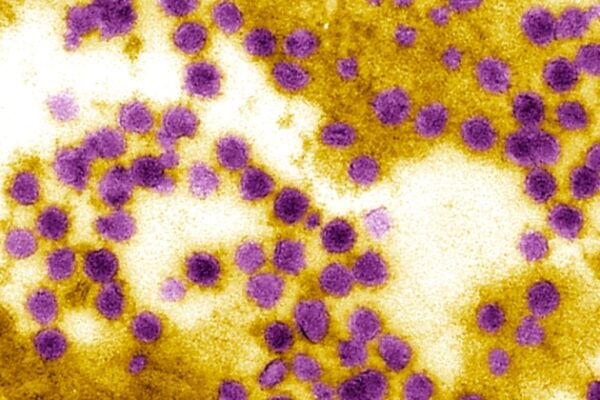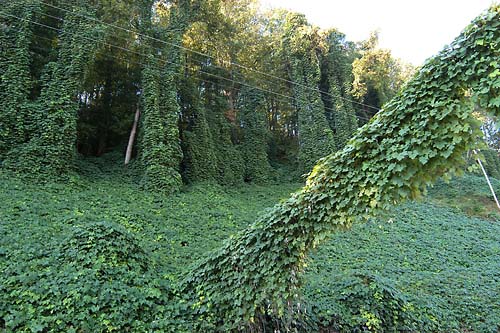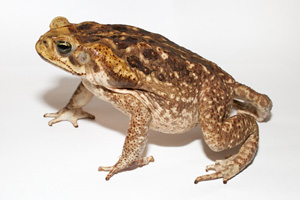National Invasive Species Awareness Week
This week is National Invasive Species Awareness Week.
Although we tend to think of invasive species more as pests than true threats, these invaders have a drastic effect on wildlife. More than 40% of threatened or endangered species are at risk primarily due to invasive species, and this number only includes U.S. wildlife.
What is an invasive species?
According to the National Wildlife Federation, invasive species can be any living organism – from plants to animals, bacteria to fungi, and even eggs or seeds from an organism that is not native to the ecosystem to which it causes harm. These species often grow and reproduce quickly, and most of the time have no known predators. Invasive species can harm the environment, as well as the economy in some cases.
Why is an invasive species harmful?
When an invasive species is introduced to a new ecosystem, it often has no known threats or predators to control its population. The species will then breed rapidly and spread. Native wildlife may not be able to compete with a species with no true threats. The invasive species can harm or kill off native wildlife by preying on the native species, competing for food and resources, spreading diseases and preventing the wildlife from reproducing by killing off the native species’ young.
How do invasive species spread?
Human activities are the leading cause for the spread of invasive species. Ships often carry animals or insects with diseases to new areas. Humans also participate in the pet trade, which moves animals all over the world that aren’t native to those areas.
What is an example of an invasive species?

West Nile Virus is a great example of an invasive species. This virus is spread by mosquitos and can affect humans as well as birds and some other animals. It can cause flu-like symptoms such as a fever, headache and rash, but can lead to infections of the brain or spinal cord, and possibly death. West Nile has caused more than 3,000 human deaths since 1999.

Kudzu is another recognizable invasive species. It is native in parts of Asia, but was sold to other countries for gardeners to plant and eat. The vine is aggressive and grows very fast. It often covers other plants, even mature trees, by blocking them from receiving nutrients. Kudzu is also difficult to chop down and kill.

The Cane toad, native to South America, is an invasive species in Australia and other areas with warm climates. These amphibians were brought to new areas to help control crop pests. They produce a toxic ooze that animals outside of their native habitat are not immune to. This ooze protects the toad from being eaten because predators that attempt to eat the toad are instantly poisoned. This animal now has no predators, reproduces rapidly, and has taken over the new ecosystems it resides in.
How can I prevent an invasive species from spreading?
Only buy plants and animals that are native to the area you live in. Buying plants and animals from other areas can bring in diseases and can harm the wildlife native to your area by spreading quickly and taking over the ecosystem.
For more information on National Invasive Species Awareness Week or on invasive species, visit the NISAW website.